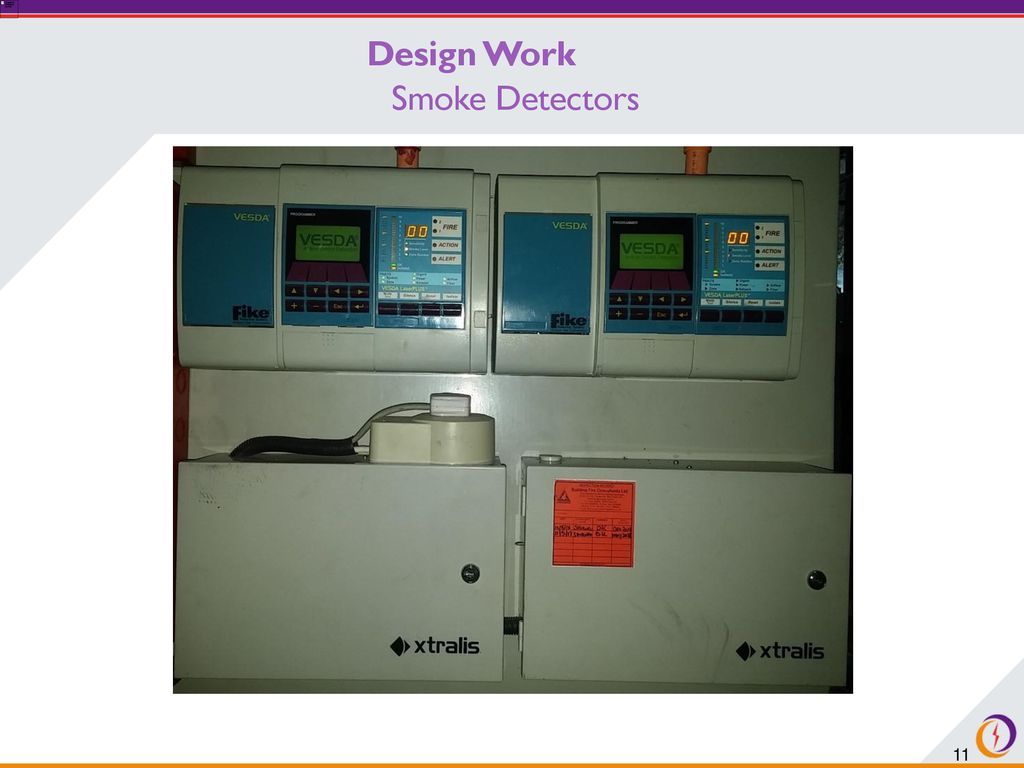Smoke detector devices and detector circuit Circuit Diagram
Smoke detector devices and detector circuit Circuit Diagram Types of Commercial Smoke Detectors: Smoke detectors come in various types, including ionization, photoelectric, and combination models. Each has different detection methods suited to specific environments. Placement and Sensitivity: Correct placement and adjusting sensitivity levels are crucial for avoiding false alarms and ensuring quick response to real fire threats.

Incorporate advanced smoke detection systems that can promptly identify smoke and activate the smoke management systems. This includes using multi-sensor detectors that can distinguish between different types of smoke and reduce false alarms. 4. Evacuation Routes and Areas. Design the smoke management system to protect designated evacuation

How to use NFPA 92 to design smoke control systems Circuit Diagram
When designing smoke control systems, the 2015 edition of NFPA 92: Standard for Smoke Control Systems is a standard you need to know. Historically, HVAC engineers designed these systems using spreadsheets and the prescriptive calculations in the building codes. This resulted in oversized systems having a major impact on construction costs and the building architecture, as well as unpredictable Seamless Integration: Smoke detectors should be connected to the commercial fire alarm system, ensuring that the activation of any smoke detector triggers the alarm system. This integration helps alert all building occupants simultaneously and can automatically notify the fire department.

Before embarking on the design of a life safety smoke detection system, plant engineers should review applicable safety standards, which can provide the backbone of a plan to help ensure continuous safe operation of plant processes. Fire protection requirements are legislated and subject to a myriad of international codes and standards that address

Best practices for designing smoke control systems Circuit Diagram
The 2018 edition of NFPA 92: Standard for Smoke Control Systems provides guidance pertaining to the design, installation, acceptance testing, operation and ongoing periodic testing of smoke control systems. Since the inception of the NFPA Technical Committee on Smoke Management in 1985, there has been a steady evolution in the approaches, tools and implementation of smoke control systems in
